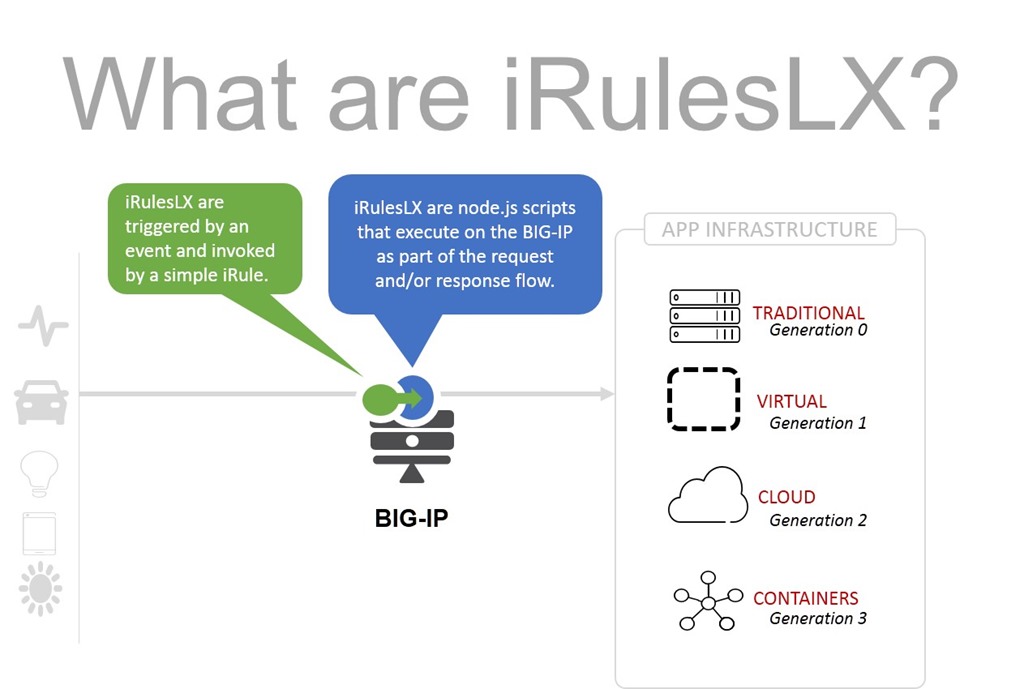
Prior to use of this technology, users should check with their supervisor, Information Security Officer (ISO), Facility Chief.The iRules feature includes the two statement commands snat and snatpool. You should consider using this procedure under the following conditions:f5 iRule Editor Technology. Some errors can’t be caught when compiling and will only turn up when trying to actually. Once you’ve ensured that the iRule does in fact compile and is applied to the Virtual in question, it’s time to pass some traffic through that virtual and check the /var/log/ltm log to see if the iRule is returning any errors.
Using syntax based on the industry-standard Tools Command Language (Tcl), the iRules feature not only allows you to select pools based on header data, but also allows you to direct traffic by searching on any type of content data that you define.F5 iRules scripting language is a patented F5 network programming environment. Always check the format in which the DNS server returns hostnames and.f5 irule syntax, An iRule is a powerful and flexible feature within BIG-IP Local Traffic Manager that you can use to manage your network traffic. F5 iRule Editor belongs to Development Tools. You want to display the attack signature sets for a BIG-IP ASM system.The syntax of the IRules Component. Using the snatpool command also assigns a translation address to an original.
You have administrative access to the Configuration utility. PrerequisitesYou must meet the following prerequisite to use this procedure: By comparing the difference in signature sets, an administrator may prevent duplicates in signature names or applying signatures that already exist on both systems. Comparing signature sets between different BIG-IP ASM systems, such as production and QA systems, is useful when testing custom signature sets within a QA environment before applying the custom signature sets to a production environment. This allows the administrator to compare attack signature sets between different BIG-IP ASM systems. You want to compare attack signature sets between BIG-IP ASM systems.A list of attack signature sets on a BIG-IP ASM system can be displayed from the command line.
F5 recommends that you do not run this query on BIG-IP ASM devices during high load. Run a query for the attack signature sets and redirect the output to a file.For example, the following commands query the database for attack signature sets, create the /var/tmp/unit1_sig_sets.out file, and redirect the query’s output to the file:Mysql -uasm -p`perl -I/ts/packages -MF5::Cfg -e ‘print F5::Cfg::get_mysql_password()’` PLC -e “select PLC.NEGSIG_SETS.set_name,PLC.NEGSIG_SETS.set_id,PLC.NEGSIG_SIGNATURES.sig_id,PLC.NEGSIG_SIGNATURES.sig_name fromPLC.NEGSIG_SETS,PLC.NEGSIG_SIGNATURES order by set_name,sig_id ” > /var/tmp/unit1_sig_sets.outYou can add signature description details to the query by adding the PLC.NEGSIG_SIGNATURES.sig_desc field to the query.Mysql -uasm -p`perl -I/ts/packages -MF5::Cfg -e ‘print F5::Cfg::get_mysql_password()’` PLC -e “selectPLC.NEGSIG_SETS.set_name,PLC.NEGSIG_SETS.set_id,PLC.NEGSIG_SIGNATURES.sig_desc,PLC.NEGSIG_SIGNATURES.sig_id,PLC.NEGSIG_SIGNATURES.sig_nameFrom PLC.NEGSIG_SETS,PLC.NEGSIG_SIGNATURES order by set_name,sig_id ” > /var/tmp/unit1_sig_sets.outNote: Adding the PLC.NEGSIG_SIGNATURES.sig_desc field to the query considerably increases (x10) the query time and the size of the unit1_sig_sets.out file. Limiting the displayed attack signature detailsDisplaying attack signature sets on BIG-IP ASM systemsTo display attack signature sets on a BIG-IP ASM system, query the database for attack signature sets and save the output to a file by performing the following procedure:Impact of procedure: Performing the following procedure should not have a negative impact on your system. Viewing attack signatures using the iControl REST API Displaying attack signature sets on BIG-IP ASM systems
Place all the signature ID list files in a local directory on a Linux or BIG-IP device. Repeat steps 1 through 3, retrieving the attack signature sets from the BIG-IP ASM system to compare signature sets against. Additionally, you can use Linux command line utilities such as awk and grep/egrep to search for specific attack signatures.For example, the following command parses the file asm_signatures.txt for attack signatures centric to predictable resource location and then limit the displayed signatures to URI specific signatures:Note: Replace with a unique logical file name for each BIG-IP ASM device, such as the system hostname.
F5 Irule Syntax Checker Software And Has
\n\n–\nAdditional References:\n\n–\n”,“link”: “ “name”: “Other Application Attacks” \n\n–\nAffected Systems:\nAll systems.\n\n–\nAttack Scenarios:\nThere are many possible.\n\n–\nEase of Attack:\nSimple to medium.\n\n–\nFalse Positives:\nNone known.\n\n–\nFalse Negatives:\nNone known.\n\n–\nCorrective Action:\nEnsure the system is using an up to date version of the software and has had all vendor supplied patches applied. The only commonly used value for this header is \”chunked\”.\n\n–\nImpact:\nNot known.\n\n–\nDetailed Information:\nThis event is generated when a suspicious \”Transfer-Encoding\” HTTP header value is detected. Replace with a unique Unix style file name that is specific to the device.Example attack signature detail retrieved from the BIG-IP ASM 14.1.0:“kind”: “tm:asm:signatures:signaturestate”,“selfLink”: “ “matchesWithinParameter”: false,“name”: “Non-standard Transfer-Encoding header value”,“description”: “\nSummary:\nThis event is generated when a non-standard value is seen for the \”Transfer-Encoding\” HTTP header. Signature IDs that are unique to the first file have a corresponding (right arrow) in the left column for the first file.Note: Replace : with a Configuration utility administrative username and password. Using the following Linux diff command, you can compare the attack signature ID list files to view attack signature IDs that are unique to each file.Diff -y –suppress-common-lines asm101.example.com asm102.example.comNote: This syntax displays all the attack signature IDs listed in the both files side by side.



 0 kommentar(er)
0 kommentar(er)
